Cambodia is a mystical, breathtaking and adventurous country. It is well known for both its impressive Angkor temples just outside Siem Reap and its tragically recent past at the hands of Pol Pot, whose dictatorial rule led to the death of approximately 25% of the population in the 1970s. Despite this horror, the Cambodian people are some of the most welcoming and genuine in the world, and there is no better way to get to know someone than over a good meal.
Cambodian food is without a doubt shadowed by its neighbors in Thailand and Vietnam. Not having a widespread culinary presence in the West also contributes to it being generally overlooked. However, local fare features delicious, simple, and fresh dishes. Like many Asian countries, the cornerstone for Khmer food is rice, which is served with practically every meal. As a former French colony, a love for good coffee and fresh bread is also very present. A noticeable differentiation between Cambodian and similar dishes found in Thailand is the absence of spiciness. While Thai options seriously pack on the heat, Khmer food is much more understated in its use of chilies. Below are a few highlights of Khmer food to gain a better understanding of this often overlooked cuisine.
Fish amok, which is a fish curry, is generally the most well-known Cambodian dish. Though very similar versions can be found in neighboring countries, the Cambodian variety focuses more on a zesty than spicy flavor. Cambodian amok features freshwater fish covered with kroeung, a paste made of lemongrass, shallots, garlic, turmeric root, galangal and Chinese ginger. Coconut milk and shredded kaffir lime leaves are also added and then wrapped in a banana leaf and steamed until the fish becomes mousse-like in texture.
Bai Sach Chrouk is a mouthwatering BBQ pork and rice breakfast dish, which might seem a little odd, but in Cambodia this is a morning staple. Every chef has a slight variation of the dish, but typical marinades for the meat include coconut milk or garlic. A uniting factor is that the meat is slowly grilled over warm coals and then piled on a plate of rice and accompanied by pickled cucumbers, daikon radish, tomatoes and ginger.
Green Mango Salad is a light, tropical dish. One of the greatest features about South East Asia is the variety of fantastic fruits. Khmer mango salad is reminiscent of the popular Thai papaya salad but is less spicy and more refreshing. There is still a hint of sour flavor paired with the sweet. Combined with the crunch of the mango, it makes for a perfect combination of flavor and texture. Green mango is thinly julienned and mixed with veggies such as red and green bell peppers, carrots and tomatoes and sometimes peanuts. A light dressing is made using Thai basil, garlic, shallots, lime juice, fish sauce, sugar and just a bit of chili.
Nom Banh Chok is so ever-present that it is usually just referred to as Khmer noodles. This is another popular breakfast dish, and generally found sold on the streets by women who carry the fresh ingredients around in baskets that they balance on poles. The dish consists of pounded rice noodles with generous portions of veggies such as bean sprouts, cucumber, Thai basil, and green beans. The mixture is then topped with an aromatic fish-based curry and lemongrass sauce.
Ang Dtray-Meuk is a popular dish in coastal towns and can also be found in larger inland cities like Phnom Penh. This dish consists of simple grilled squid brushed with citrus juice or fish sauce and barbecued on wooden skewers. It is served with a flavorful dipping sauce composed of fish sauce, fresh chilies, garlic, lime juice and sugar.
Worthy of far more attention than it is granted, Khmer food is a delightfully flavorful cuisine that is as beautiful and inviting as the Cambodian people.

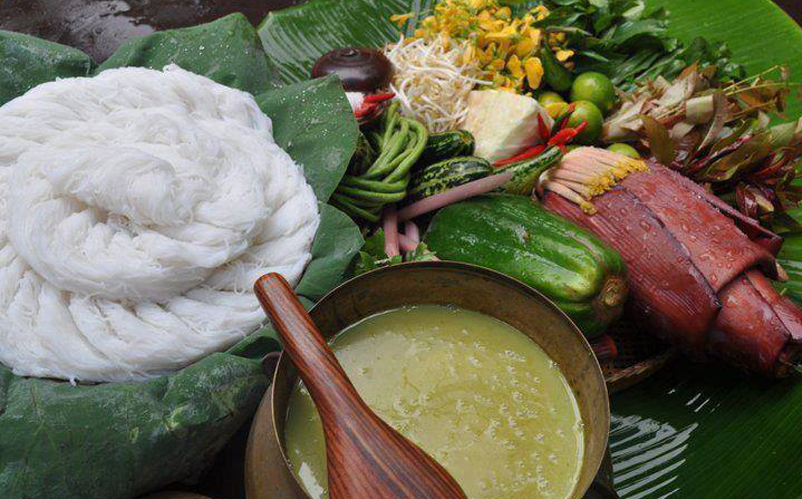





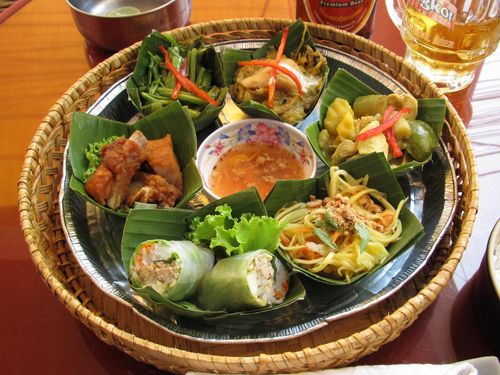
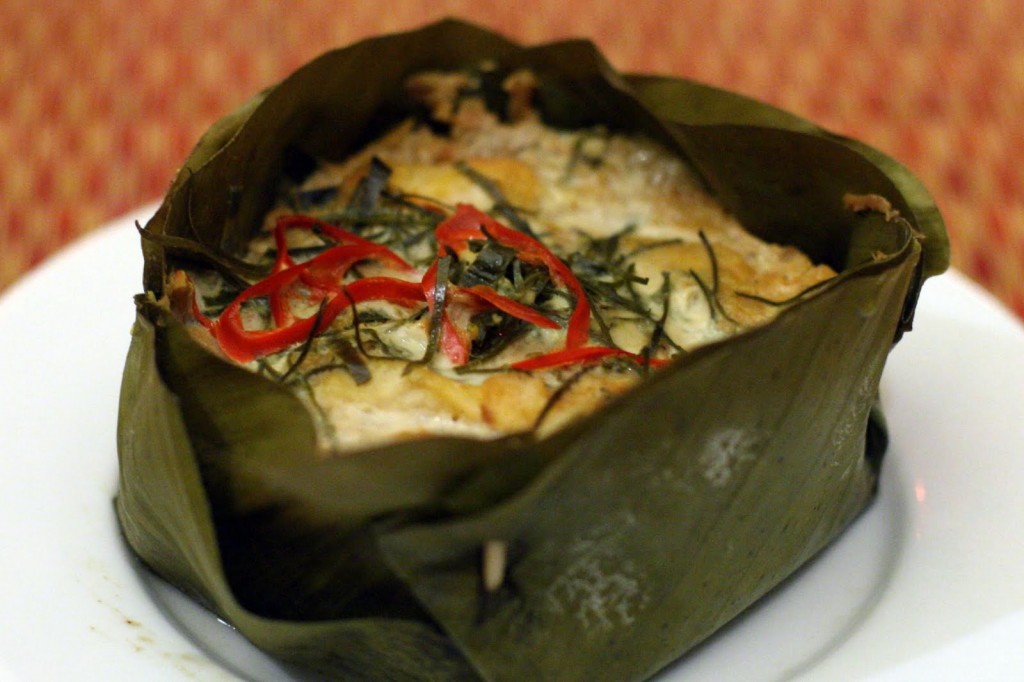
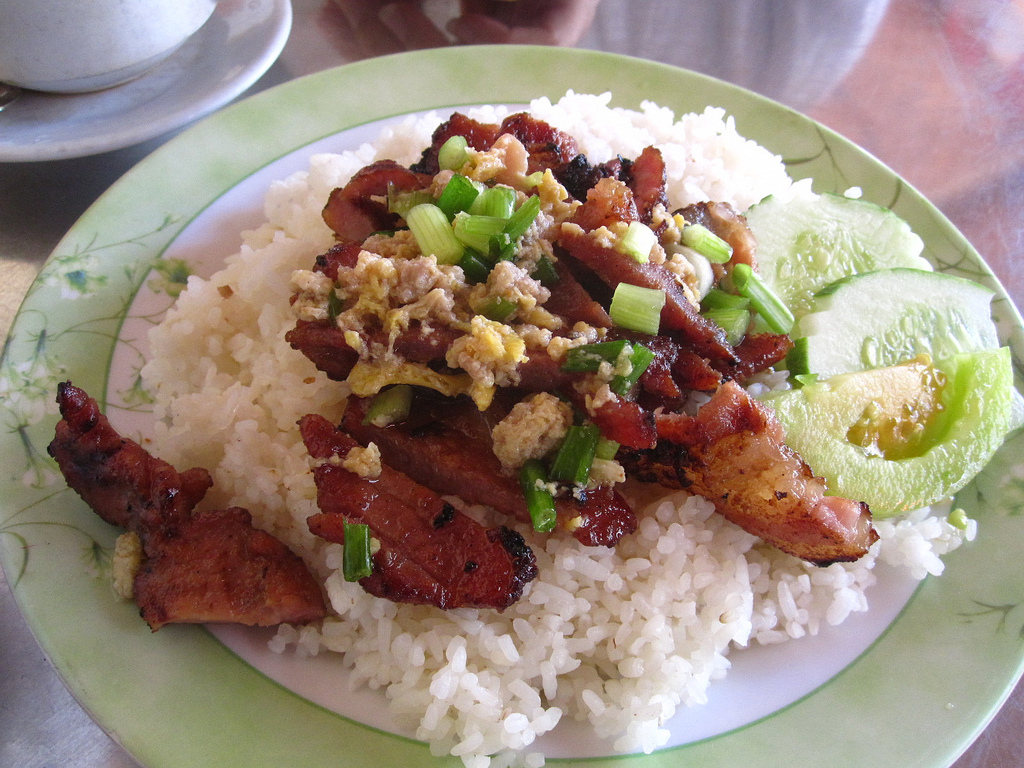
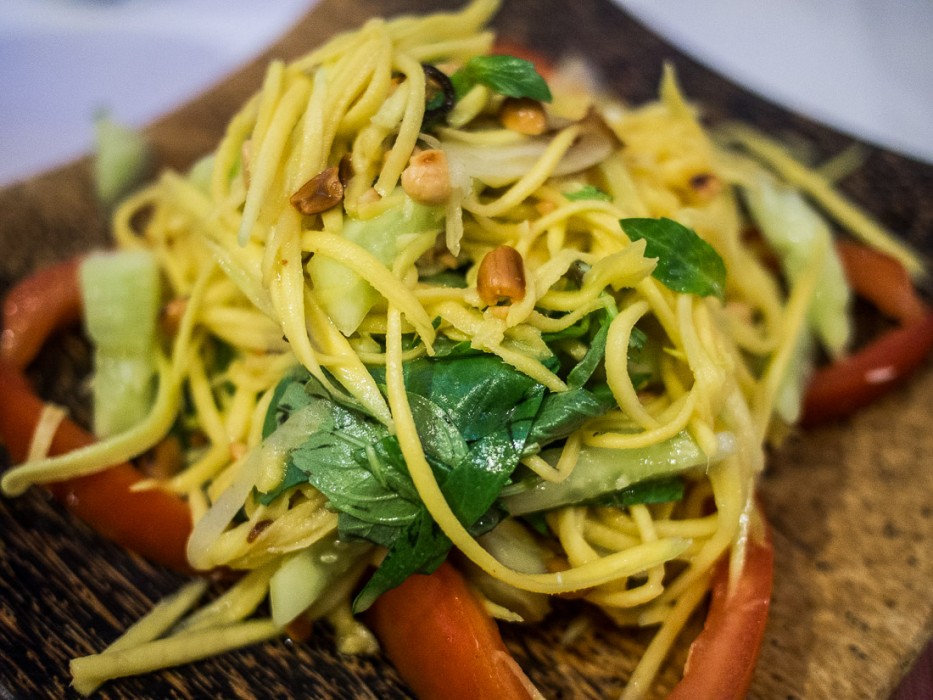
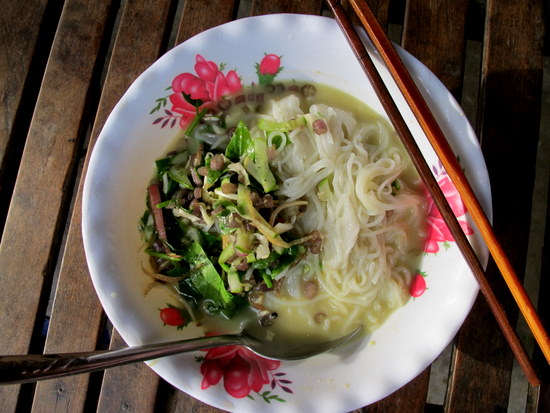
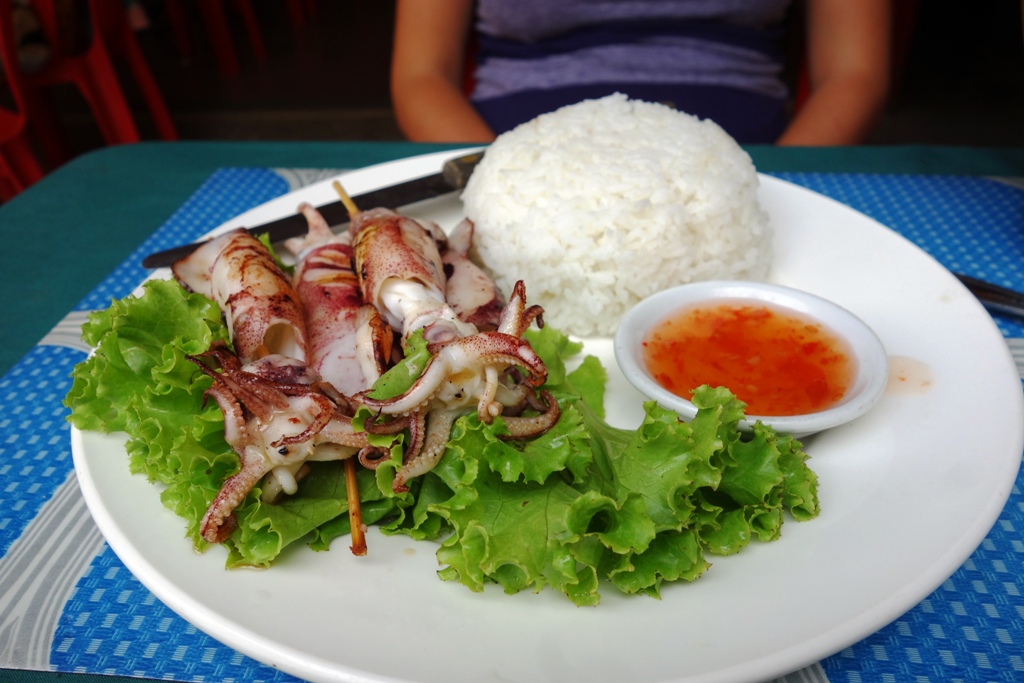
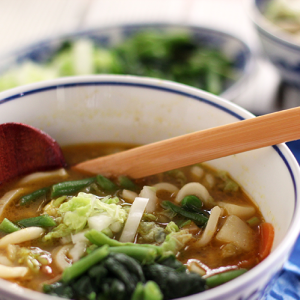

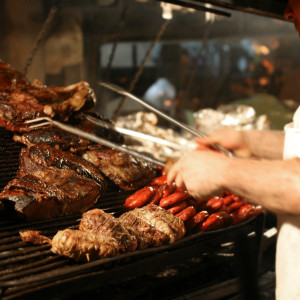

Leave a reply